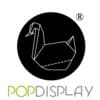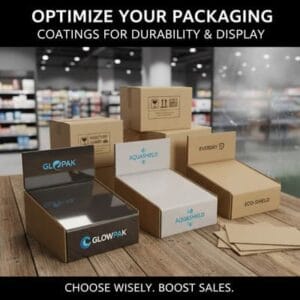Shoppers stop for seconds. Your margin depends on those seconds. Poor displays waste traffic and budgets. I show clear steps to choose POP displays that lift sell-through and brand trust.
Choose POP displays by matching goal, product weight, shopper flow, and budget; use floor for impact, counter for impulse, pallet for speed, shelf trays for facings; insist on certified corrugated, color proofs, transit tests, and easy assembly; track conversions and reorders to validate ROI.
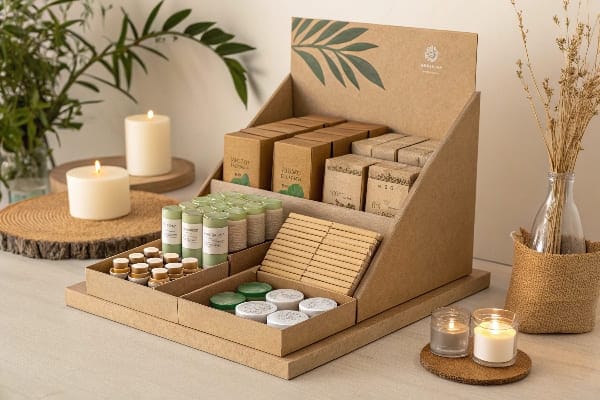
I break this into six questions you ask me most. I add field notes from my factory and buyers in the United States, Canada, the United Kingdom, and Australia. I keep it clear and practical.
What is the primary purpose of point of purchase pop displays in retail environment?
Crowded aisles hide good products. Shoppers skim and move on. A POP display stops the glide. It gives a product a stage and a reason to pick it up now.
The primary purpose is to capture attention at the shelf and turn it into immediate action by guiding selection, adding facings, and making the next step obvious, so discovery becomes purchase on the spot.
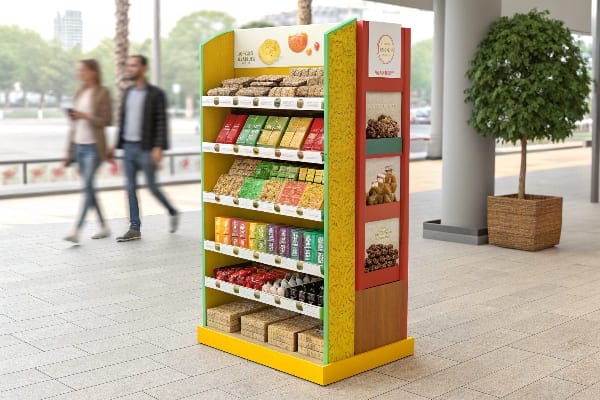
How POP drives action
I design for one job: stop, show, sell. Floor units create bold presence for launches. Counter units sit near payment to trigger impulse1. Pallet displays speed setup in big-box stores. Shelf trays tidy SKUs and lift facings. When I add simple cues like "Pick Up and Try," hand rate rises. In North America, this method is stable because retail is mature. In Asia Pacific, velocity is faster, so displays need quick turns and easy replenishment. In Europe, I add clear recycling marks2 because shoppers ask for them.
Quick planner (goal → format)
| Goal | Display Type | Core KPI | Design Cue |
|---|---|---|---|
| Launch awareness3 | Floor display | Dwell time | Large header, bold color block |
| Basket size (impulse) | Counter display | Attach rate | Small footprint, price callout |
| Speed to shelf | Pallet display | Setup minutes | Pre-packed, wrap with messaging |
| Shelf visibility4 | Tray/shelf unit | Facings gained | Die-cut window, tidy dividers |
What are the pros and cons of pop displays?
Budgets are tight. Materials change. Stores demand speed. Teams still need brand impact. I weigh trade-offs with each buyer and set rules before we print.
Pros: speed, cost efficiency, customization, and sustainability options. Cons: lower long-term durability, freight risks, and color variance. Control risk with lab tests, flat-pack design, clear specs, and strict print proofs.
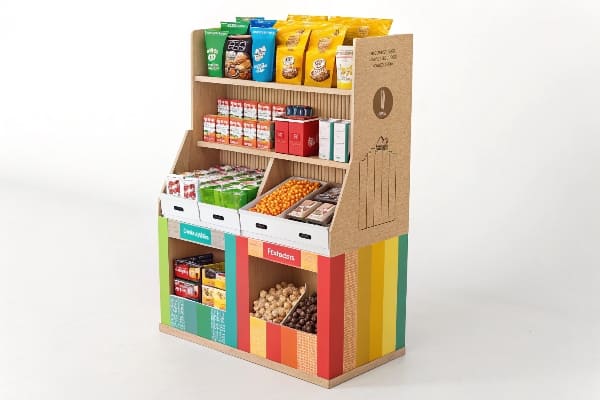
What works and what needs control
Cardboard POP5 gives strong value. It cuts cost versus metal or plastic. It prints fast. It ships flat. It supports seasonal cycles. Digital print now makes short runs viable and personal. Demand grows because brands want agility and lower footprints. Markets reflect this push. Display packaging keeps a steady CAGR near mid-single digits. Corrugated demand also grows in the mid-single digits as retail and e-commerce blend. Yet risks exist. Moisture hurts. Edges crush. Colors drift when ink, substrate, or lamination change. Material prices also move, so quotes can shift. In 2025, trade policy added cost for some inputs, so I plan earlier and split suppliers.
Pros, cons, and fixes
| Item | Pros | Cons | Mitigation I use |
|---|---|---|---|
| Cost | Lower unit price6; flat-pack saves space | Pulp price swings | Dual-source board; lock pricing windows |
| Speed | Quick design-to-store | Rush can skip QA | Gate reviews; transit and load tests |
| Design | High customization7; bold shapes | Complex folds confuse staff | Numbered steps; pre-glue critical seams |
| Green | Recyclable; water-based inks | Wet areas degrade | Nano/aqueous coat; avoid plastic-only films |
| Digital enables short runs | Color shift across runs | Color targets; press checks; drawdowns |
Why do merchandisers use pop displays?
Shelf chaos kills stories. Staff time is limited. A good display does both jobs: it sells and it teaches. That is why merchandisers fight for floor space.
Merchandisers use POP to win attention, control presentation, speed replenishment, and prove lift with clear KPIs like dwell time, attach rate, and unit sales per store per week.
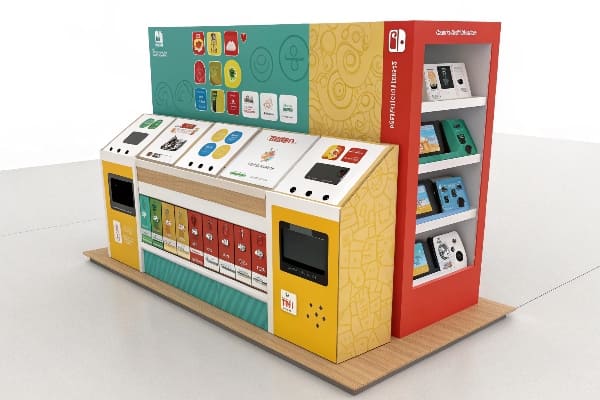
Jobs a merchandiser must solve
I focus on four jobs. First, I stage the product so shoppers grasp value in three seconds. Second, I cut setup time with pre-packed or numbered parts. Third, I protect brand color8 across stores. Fourth, I measure lift. In club stores I track units per pallet per day9. In pharmacies I track impulse add-ons. One hunting client, David, needed a launch for a new crossbow. He had strict deadlines and tough specs. We built a stable floor unit with a safe demo mount and simple graphics. The unit was fast to assemble. His stores met the date. The first four weeks beat his baseline by a wide margin, and the buyer expanded the program.
Goals and proof
| Objective | Where | Example Action | Proof of Success |
|---|---|---|---|
| Launch a hero SKU10 | Big-box aisle | 4-sided floor unit | +Units/Store/Week vs. shelf baseline |
| Drive impulse11 | Checkout | Compact counter tray | +Attach rate at POS |
| Speed resets | Warehouse club | Full pallet pre-pack | Setup minutes and compliance photos |
| Educate quickly | Specialty store | Demo mount with QR video | Dwell time and demo interactions |
What does pop stand for with regards to retail businesses?
Many teams mix terms and lose time. Clear language speeds briefs, quotes, and tests. I keep one simple glossary on every project.
POP stands for "Point of Purchase," the place where shoppers decide to buy; POS means "Point of Sale," the payment location; both live near each other but serve different jobs.

Terms that matter on a spec sheet
POP is where choice happens. POS is where payment happens. POI means point of influence12, often anywhere in the path. Endcaps sit at aisle ends. PDQ trays are ready to display right out of the carton. Pallet displays ride in on the pallet. Clip strips hang small items. When briefs blur these, quotes and timelines slip. I write the term, the size, the weight per hook, and the exact store fixture13.
Quick glossary
| Term | Meaning | Typical Use | Notes |
|---|---|---|---|
| POP | Point of Purchase14 | Decision and selection | Messaging first, then price |
| POS | Point of Sale | Checkout and payment | Compact, impulse-friendly |
| Endcap15 | End of aisle feature | Promotions and seasonal | Often retailer-specific sizes |
| PDQ Tray | Ready-to-display carton tray | Fast shelf placement | Ships in master carton |
| Pallet | Display on shipping pallet | Clubs and promotions | Fast setup, large stock |
| Clip Strip | Hanging strip for small packs | Cross-merchandising | Light items only |
Who usually provides pop displays?
Teams often ask who owns what. Some expect the retailer to supply displays. Others expect the brand. Supply roles change by channel, program, and timing.
Brands usually fund and provide POP through specialized manufacturers; retailers sometimes supply house formats; agencies handle design; I recommend one accountable lead for design, proofing, testing, and delivery.
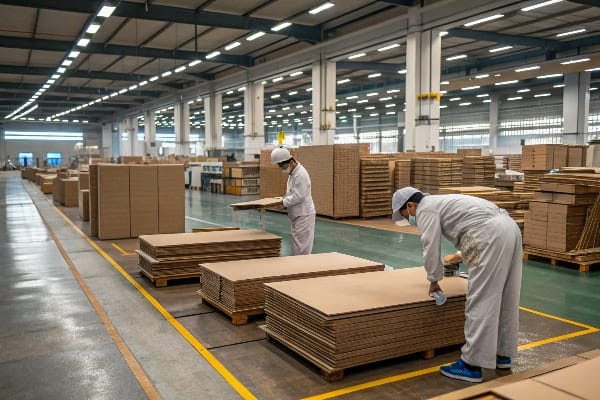
Supply chain map I use
I run a factory with three production lines in Shenzhen. My team covers design, 3D renders, prototyping, strength tests, and mass production16. I allow free design edits until the sample wins approval. This reduces risk for long programs and repeat orders. Retailers in big-box often give size rules and safety guides. Agencies bring brand systems and copy. Trading companies help with terms. I keep one owner for specs, color, and pack-out so nothing drifts between teams. For exports to the United States, Canada, the United Kingdom, and Australia, I plan around transit tests and customs. When tariffs or freight costs rise, I split materials and book earlier.
Who does what and when to pick them
| Provider | Strength | Risk | Choose When |
|---|---|---|---|
| Brand manufacturer17 | Cost, speed, repeatability | Needs clear brief | You want control and fast reorders |
| Retailer program | Compliance, fixtures fit | Less brand flexibility | You must match store standards |
| Creative agency18 | Concept and storytelling | Higher cost, slower sourcing | You need premium design system |
| Trading company | Terms, vendor mix | Less factory visibility | You need flexibility on payment |
| My factory (OEM) | End-to-end, testing, certifications | Needs early forecasts | You want turnkey with strict QA |
Which is an example of a pop point of purchase display?
Theory is useful. A clear build shows the process. Here is a real pattern I use for hard goods with strict safety and color rules.
A floor-standing corrugated display with a locked demo mount, bold header, water-based print, numbered assembly, and ship-flat pack is a classic POP example that drives trial and quick setup.

Example build: crossbow launch floor unit
A U.S. hunting brand needed a launch in fall. The product was heavy and safety critical. I built a double-wall corrugated body19 with an internal spine. I added a steel insert only at the demo mount. I printed with water-based inks and a matte coat to cut glare. I used a large header that showed range and speed in simple icons. I wrote five assembly steps with pictures. Store staff finished setup in minutes. We passed load and wobble tests. Units shipped flat to cut freight and damage. We used QR codes for quick spec videos20 because shoppers liked short clips. The display created a safe hands-on try. The program hit the deadline and rolled to more stores.
Bill of materials and tests
| Component | Spec | Purpose |
|---|---|---|
| Body | Double-wall corrugated (E/B flute)21 | Strength and stability |
| Header | 2-piece, reinforced tab lock | Bold message and easy swap |
| Demo mount | Steel insert + safety tether | Safe try without risk |
| Water-based ink, matte aqueous coat22 | Clean color, low glare | |
| Pack-out | Flat-pack, numbered inner packs | Fast assembly, low damage |
| QA | Color proof, load test, transit test | Keep quality across stores |
Conclusion
Choose the display to fit the job. Keep specs simple. Test early. Prove lift. Then repeat what works and scale fast.
Understanding impulse buying can enhance your retail strategies and boost sales significantly. ↩
Exploring the significance of recycling marks can help you meet consumer demands and improve sustainability. ↩
Explore this link to discover innovative marketing strategies that can enhance your launch awareness efforts. ↩
This resource offers valuable insights and tips to boost your product's shelf visibility, driving more sales. ↩
Explore the advantages of Cardboard POP, including cost savings and environmental benefits, to enhance your packaging strategy. ↩
Exploring this link will provide insights into how lower unit prices can enhance profitability and competitiveness. ↩
This resource will help you understand the advantages of high customization in meeting customer needs and driving sales. ↩
Explore this link to learn effective strategies for maintaining brand consistency across various retail environments. ↩
Discover insights on optimizing inventory management and sales performance by understanding this key metric. ↩
Understanding hero SKUs can help you optimize product placement and boost sales effectively. ↩
Explore strategies to enhance impulse buying, increasing your store's revenue significantly. ↩
Understanding the point of influence can enhance your marketing strategies and improve customer engagement. ↩
Exploring various store fixtures can help you optimize your retail space and boost product visibility. ↩
Understanding POP can enhance your marketing strategies and improve sales at critical decision points. ↩
Exploring the impact of Endcap displays can help optimize product placement and boost promotional effectiveness. ↩
Exploring mass production best practices can help optimize your production lines and reduce costs. ↩
Explore this link to understand how Brand manufacturers can enhance your sourcing strategy with cost and speed advantages. ↩
Discover how partnering with a Creative agency can elevate your brand's narrative and design quality. ↩
Explore this link to understand how double-wall corrugated bodies enhance product durability and safety, crucial for heavy and safety-critical items. ↩
Discover how QR codes can enhance customer experience by providing instant access to product information and videos, making shopping more interactive. ↩
Explore this link to understand how E/B flute enhances packaging strength and stability, crucial for product safety. ↩
Discover why water-based inks are eco-friendly and provide a clean finish, making them ideal for high-quality prints. ↩
